Do Tides Matter When Fishing Offshore?
- By: Joseph Simonds
- on
- Found In: Fishing Tips, Offshore Fishing
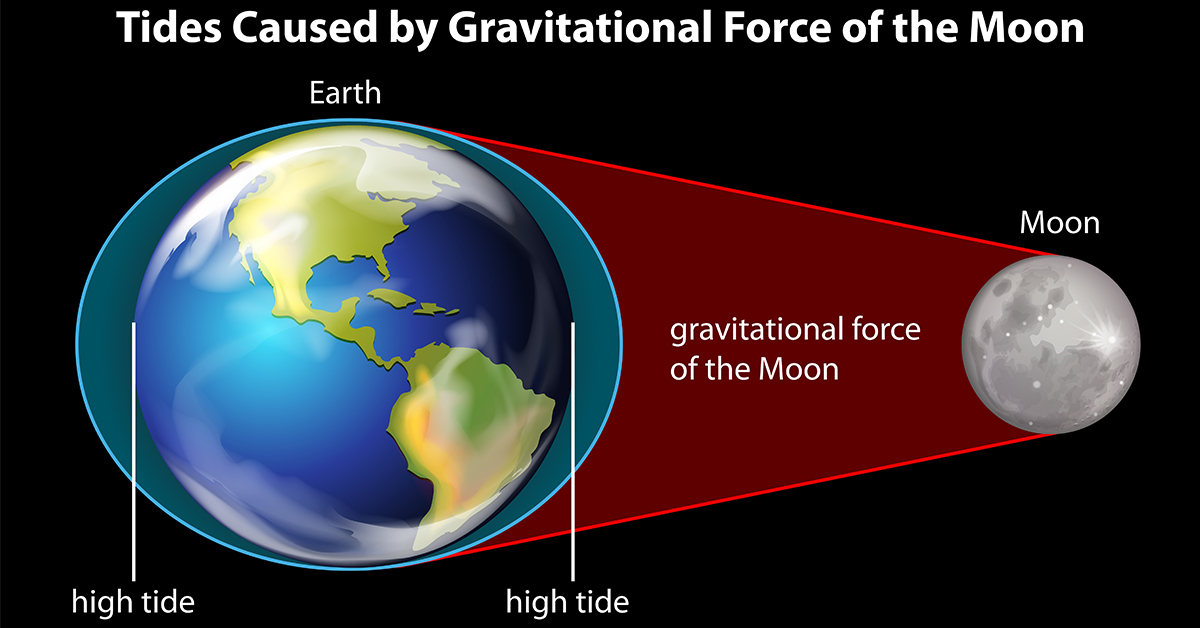
If you’ve followed us here at Salt Strong over the past few years, you know that the majority of our content is focused on inshore saltwater fishing…
And that was on purpose.
We wanted to “own” that space before we ventured out and started trying to be the best at every type of fishing out there (which is the long-term plan by the way…)
And even though we still have some work to do in the inshore space, we love it when experts reach out to us with fresh new content on things such as fly fishing, spearfishing, bass fishing, and offshore fishing.
So very recently, one of our subscribers (Capt. Nick Gonzalez of Double Threat Charters in Miami) reached out with a great tip about the importance of currents for offshore fishing.
Hope you enjoy and let us know what other tips you want to see by leaving a comment at the bottom.
You Rock!
Offshore Fishing, Do Tides Matter?
By Capt. Nick Gonzalez – Double Threat Charters in Miami, Florida
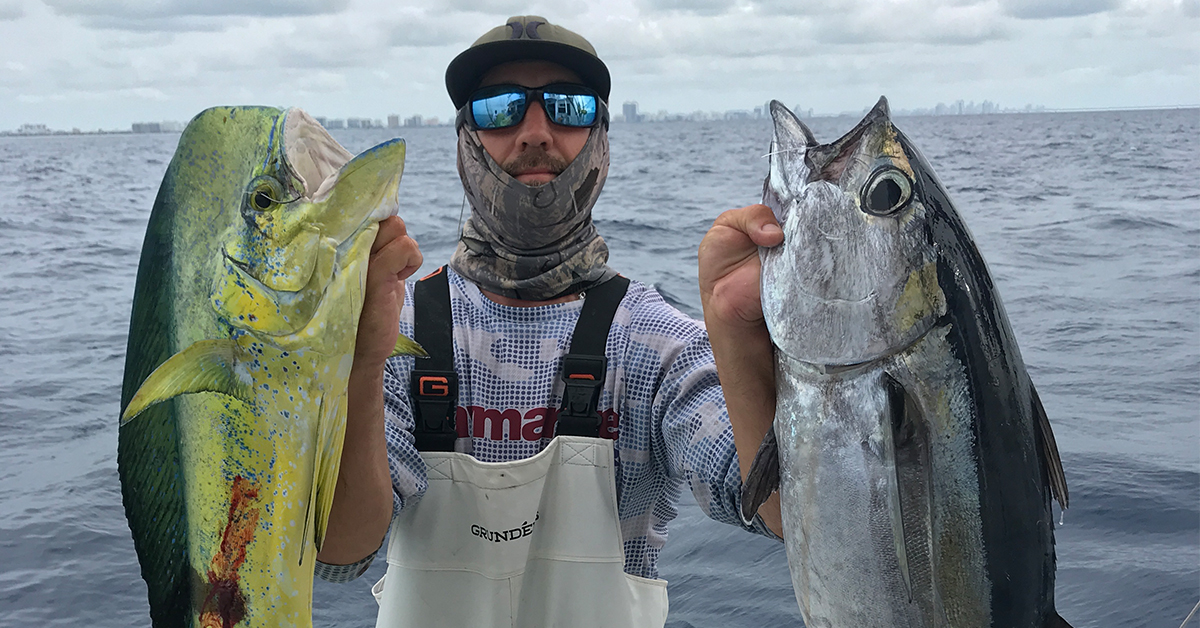
Before I answer the question, “Do tides matter when fishing offshore,” it’s critical that we discuss the difference between tidal flow and ocean currents.
An important aspect of water movement and offshore fishing is the difference between tidal flow and ocean currents.
Let’s discuss currents first.
Ocean Currents (off Florida in particular)
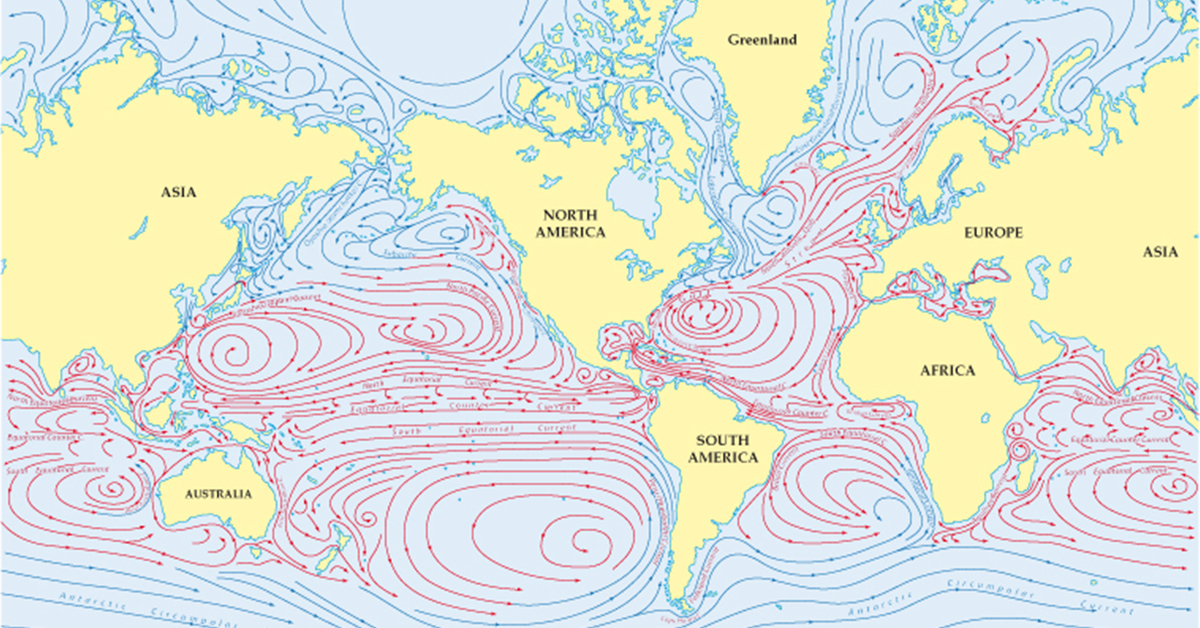
Current is the primary flow of water depending on where you are fishing.
One example of ocean current is the Gulf Stream.
It’s the primary ocean current when offshore fishing in a place like Miami.
The Gulf Stream moves at about 3 knots to the north on average, and it’s is a force of nature that manipulates fishing along Florida and the entire eastern seaboard (it even impacts weather patterns over in Europe).
Another example of an oceanic current is the Loop Current.
This current runs north between the Yucatan Peninsula and Cuba, it loops into the Gulf of Mexico, and it eventually comes back south through the Straights of Florida.
This current then passes through the straights of Florida (Florida Current) and begins flowing to the northeast at the beginning of the Gulf Stream.
Unlike tides, which are driven by the gravitational pull of the moon, ocean currents are actually caused by the Coriolis effect and prevailing winds such as the trade winds.
These large currents are well studied and documented on most maps and have dramatic effects on fisheries worldwide.
Let’s cover tides next.
Tides
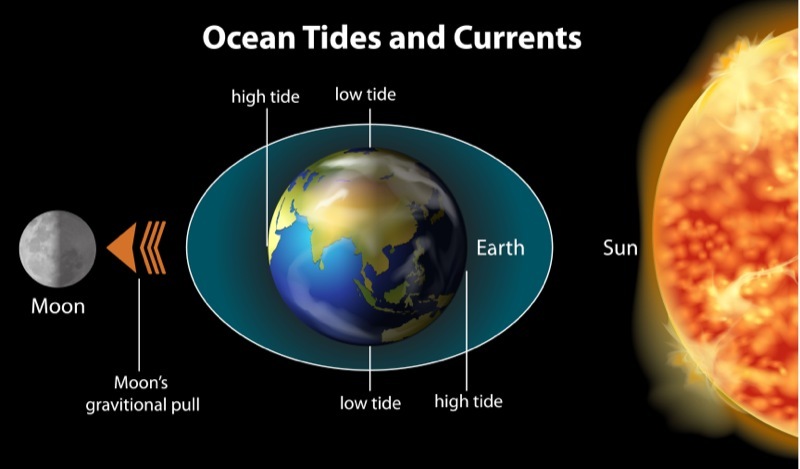
Unlike ocean currents, tides are caused by the gravitational pull of the moon and Earth’s centrifugal force while spinning on its axis.
Tides are the vertical movement of water up and down, whereas currents are predominantly a sideways flow of water.
As you get closer to a new moon (0% illumination), or a full moon (100% illumination), the tidal range increases.
This results in higher and lower tides (as well as more water flow through inlets, finger channels, etc).
Many anglers prefer certain moon phases and tides because of increased (or decreased) tidal flow near inlets or channels, which can influence bait movement, water clarity, and more.
Off the coast of Miami for example, we have two high tides and two low tides per 24-hour cycle.
This is significant because sometimes only a narrow window of tide is preferred at certain spots.
If you want to catch threadfin herring at a spot in the bay that usually requires clean water, the incoming to high tide may be your desired window.
With two tide cycles and one of them taking place at night, this may only leave you with a 3-hour window with optimum conditions at that bait spot.
Understanding tides and paying attention to tide charts and moon phase will help you become a more efficient angler.
Moon phases are also an important component as they often dictate spawning patterns, migrations and more.
So back to the big question at hand…
Does The Tide Matter For Offshore Fishermen?
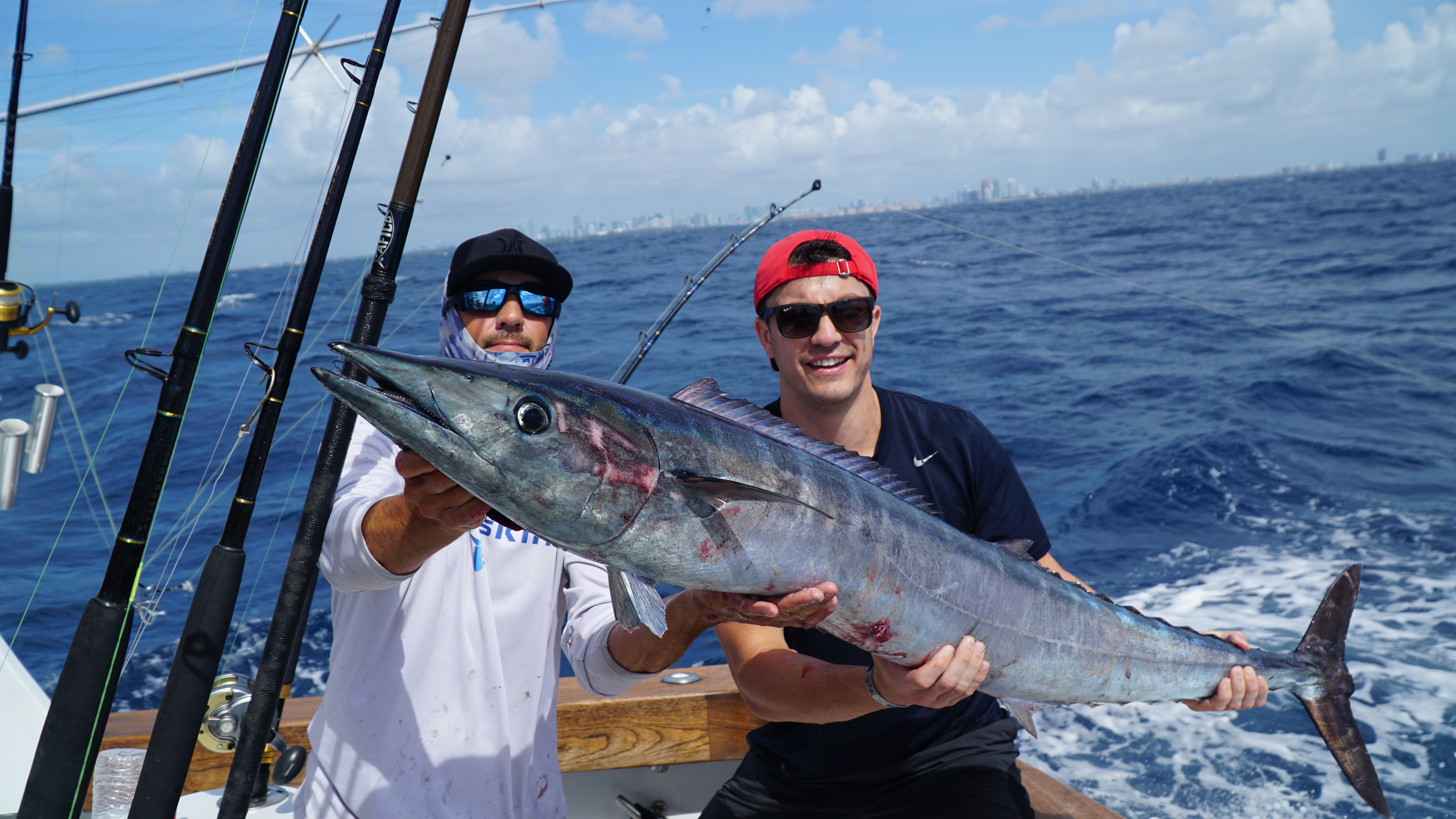
In short, the answer is yes; tides do matter for offshore fishing.
When fishing inshore, tides and water flow are inarguably one of the most important factors that will influence a day of fishing.
If you have ever rolled up on a spot such as an inlet or a finger channel on slack tide (no water movement), good luck…
The bite is usually nonexistent on a slack tide.
When the flow starts to move out, however (or incoming), the bite can really turn on.
I used to see this a lot while fishing for snook and tarpon. The first few hours of the outgoing tide usually mean red-hot fishing.
And so just like tides are critical to inshore fishing, they also play a role in offshore fishing (just not as critical… let me explain…)
If Yes, Then What Are The Best Tides for Offshore Fishing?
When fishing offshore, tides play a different role.
As you get further from shore, I believe tides have less influence on deep-sea fishing.
Moon phase plays a part but the tides themselves may not have as much influence 20 miles offshore where there are 3 knots of current in the Gulf Stream.
But so much of it depends on where you are fishing.
In places like Kona Hawaii where there is sometimes very little current, tide can play a major role, even in water over a few thousand feet deep.
When fishing along the coast, which is common in South Florida, tides are a major factor to consider.
So for the remainder of this article, I’ll talk mostly about the tides and how they influence coastal fishing along the drop off (60-400 feet of water).
How To Use Tides To Your Advantage When Fishing Edges
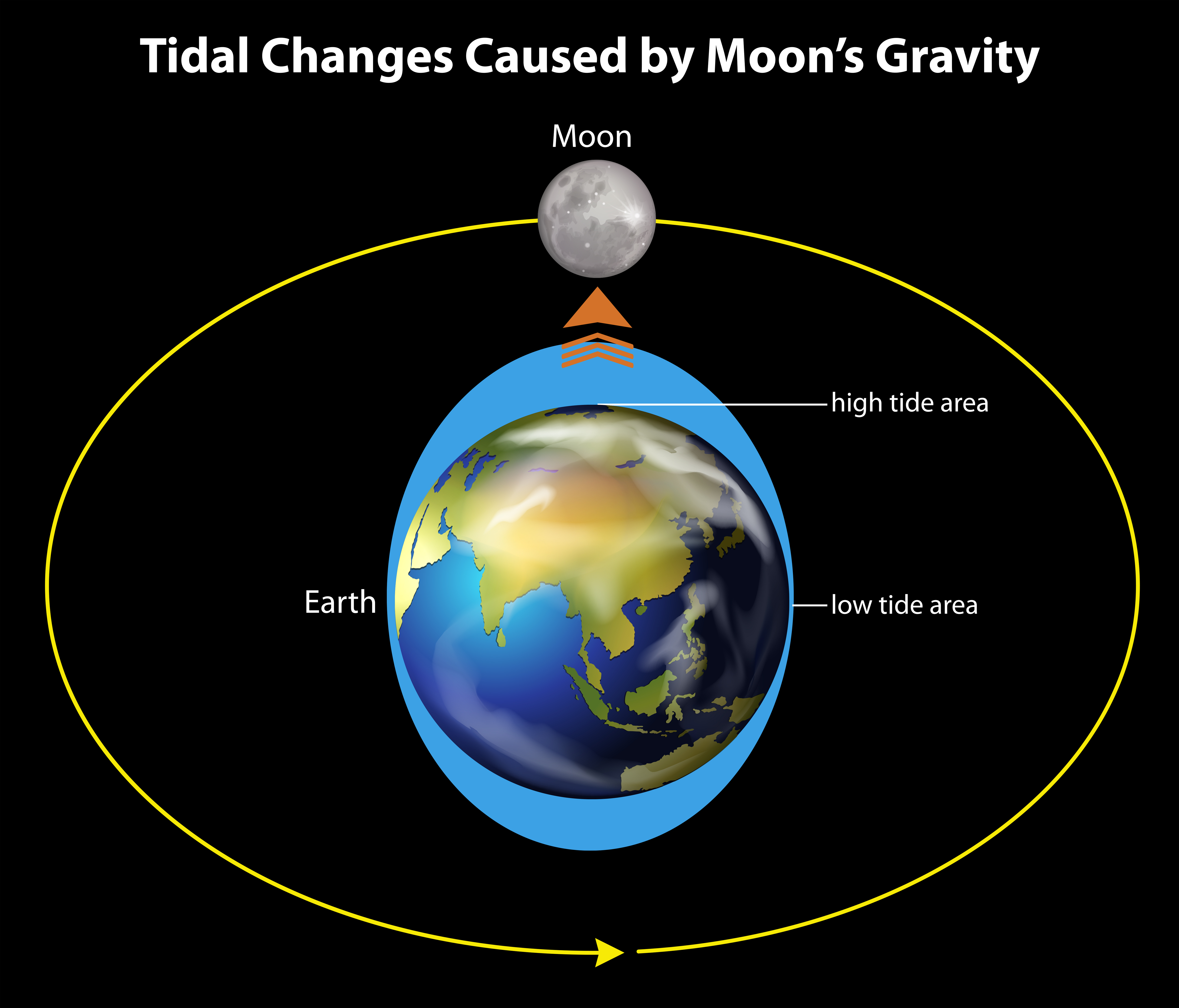
When fishing for sailfish, I prefer blue water and north current.
If the current is pushed all the way onto the reef, however, blended blue water can make it difficult to determine the best depth to fish.
On the contrary, edges, color changes, and current rips can stack fish up in specific depths.
When fishing near a new or full moon, big tides can make for some great fishing especially when they are greeted by blue water and the Gulf Stream close to the reef.
If you are fishing in front of an inlet, you may find a beautiful color change where the greener bay water meets the bluer Gulf Stream Water.
If an edge like this is in 100-200 feet of water, you are in a prime spot for just about any game.
You may have more defined edges in front of inlets such as Key Biscayne Channel and Government Cut. Sailfish will bite on all tides but some days they may eat better one tide than another.
Tuna on the contrary often prefer an outgoing tide, which can really get them fired up.
Dolphin, kingfish, wahoo, and more are also possibilities while kite fishing on a well-defined edge.
These tide rips can create a saltwater highway with a very concentrated bite.
Drained Tide with Light Current
If you have lighter north current and a full moon low tide for example, it may be best to avoid fishing near an inlet.
A strong outgoing tide may push greener water with too much turbidity onto the edge.
It is not uncommon to have dead zones in front of the inlet with the blue water pushed out to 500 feet on light current days with a low tide.
If you drive away from the inlet, you may have cleaner water that pushes shallower onto the reef. This can give you better conditions to fish.
Incoming Tide with Light Current
On the contrary, if the water is blue but there isn’t much north current, try fishing in front of an inlet on an incoming tide.
The tidal flow may compensate for a lack of current while pushing bait around and keeping predators on the move.
Just like inshore fish, deep-water game fish avoid areas that lack moving water and Inlets can help compensate for a lack of current when fished correctly.
Conclusion
Overall, the tide is definitely a factor for all types of saltwater fishing (including offshore).
Learning to understand tides, moon phases, and how they affect the fishing can take years of experience.
My best advice is to log factors while fishing and consider your variables each and every day.
Sometimes you may spend more time learning where not to fish than where you should.
Either way, everything you learn will help.
Tight lines!
By Capt. Nick Gonzalez – Double Threat Charters in Miami, Florida
 Do You Know The STRONGEST Fishing Knot For Every Situation?
Do You Know The STRONGEST Fishing Knot For Every Situation?
The results of these knot strength tests might surprise you!
Click here to download the FREE “Ultimate Fishing Knot PDF Guide” (only takes a few seconds)
Related Posts:
How To Rig An Offshore Trolling Plug For Marlin & Wahoo (watch it here now)
Must-Have Bluewater Trolling Lures (watch it here now)
Offshore Bottom-Fishing For Grouper (listen here now)
P.S. – If you think your angler friends or fishing networks would enjoy seeing this, please Tag them or Share this with them. You Rock!
Related categories:
STOP WASTING TIME ON THE WATER!
Do what the “SMART ANGLERS” are doing and join the Insider Club.
Here’s what you’ll receive today when you join:
- Weekly fishing reports and TRENDS revealing exactly where you should fish every trip
- Weekly “spot dissection” videos that walk you through all the best spots in your area
- Exclusive fishing tips from the PROS you can’t find anywhere else
- Everything you need to start catching fish more consistently (regardless if you fish out of a boat, kayak, or land).


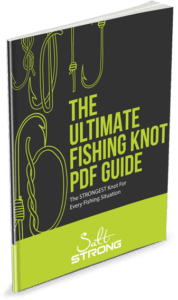







I fish off Jacksonville “near shore” reefs only. (Within 9 miles of Mayport Jetties.) I have a smaller boat so I only go when seas are under 3′ and wind minimal. Its tough to predict what the “current” will be. Sometimes I can use as little as 1 oz to reach bottom vertically other times I am at 3 oz (any more than that and its time to go home)
Question. Would you predict more “current” at new or full moon phases or does the tide cycle (rising / falling / slack) have a greater effect? Thanks so much!
where is low tide ????????????????????